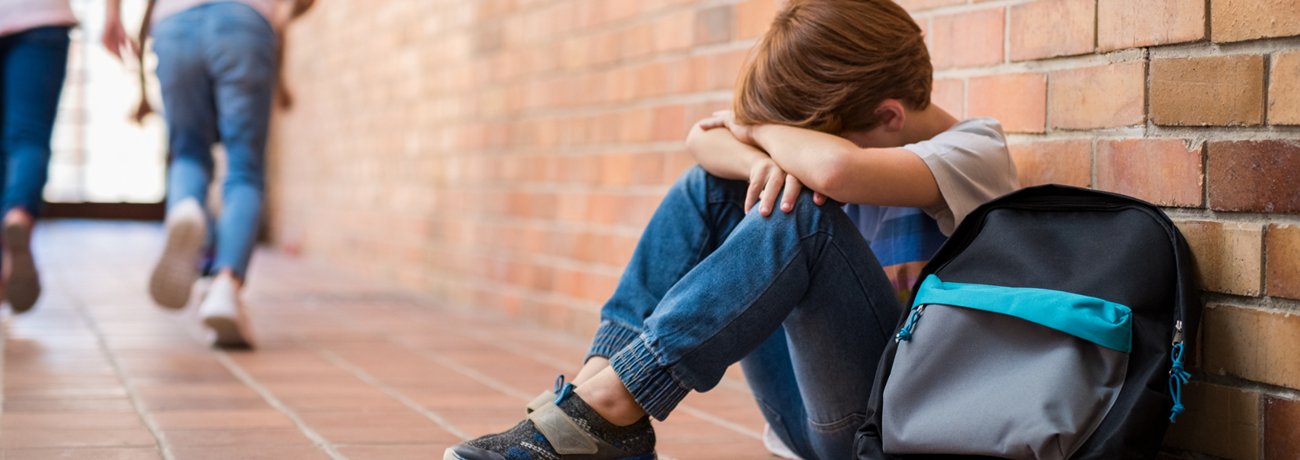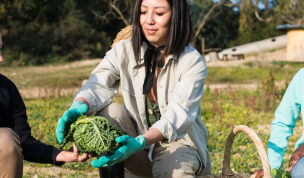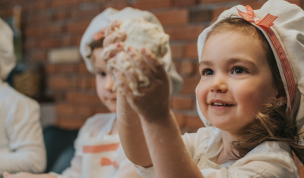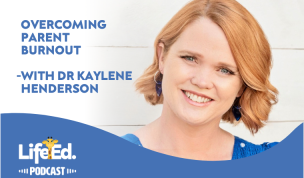Kids Get Anxious Too

The number of children living with anxiety is on the rise and is estimated to affect about 1 in 10 Australian children, according to the Centre for Emotional Health.
As adults, our pace of life, speed of communication, work load and regular worrying news at our finger tips on social media, can make us all feel a bit anxious and this can worry our children too.
It is now common for five young children in every classroom to experience worry. These worries, if not addressed, could develop into diagnosable anxiety disorders, such as Separation Anxiety, Social Anxiety, Panic Fears, Phobias or Obsessive Compulsive Disorder, by the time children reach 8 to 11 years of age, according to the Centre of Emotional Health.
Dr John said it was important for parents, carers and educators to help children identify and embrace their emotions, to show children that we all have these feelings; that they are universal and not unique to them and to give children strategies to learn how to manage their feelings and emotions so they do not become overwhelming.
“We don’t want our kids becoming so anxious that they flip out or have a panic attack because they have never learned to self-regulate,” he said.
“When kids are confident managing their emotions, and have a sense of control over their feelings, they have good self-esteem, which is one of the most critical things to develop.”
Parent’s and carers who are concerned their child may be suffering from anxiety can read Dr John’s anxiety checklist below to identify whether their child is experiencing anxiety symptoms.
Anxiety Symptom Checklist
- Dry mouth and swallowing difficulties or hoarseness
- Rapid breathing and heartbeat
- Twitching or trembling
- Muscle tension and headache
- Appetite changes
- Sweating
- Nausea, diarrhoea and weight loss
- Sleeplessness
- Hyperventilation
- Irritability
- Fatigue
- Nightmares
- Frequent urination
- Memory problems
- Constant seeking of attention and reassurance
If parents or carers recognise any of the above symptoms in their child they can read Dr John’s checklist below to help get to the bottom of what’s “bugging” their child.
First and foremost, take your child for a medical check-up. There are many medical disorders that have similar symptoms to anxiety, so talk to your doctor to rule out any medical causes. If you get the “all clear,” move to the other checks.
Do a parent self-check – If you’re an anxious person, then your little worrier may be copying your coping style.
Do a management check – Many panicky kids come from homes where parents reward their child’s anxiety by fixing it for them. The result is that kids don’t learn how to manage their problems, but rely more and more on a parent sorting it out for them.
Do a context check – Try to note where and when these anxieties are at their worst. Could it be in the morning before school or upon arriving home in the afternoon? Maybe it’s related to an unfamiliar location or activity?
Do a home environment check – Is the pace too fast? Is the family too busy? Is the morning routine chaotic? Is there too much going on after school? And don’t forget to take a look at what the kids are watching on TV and DVDs – some are quite scary.
Check for any attachment issues – Does the child feel safe and secure with you? Are you super critical of them or yourself? Can your family fix the problem when things inevitable go wrong?
These checklists have been adapted from renowned child psychologist Dr John Irvine’s new book Helping Young Worriers Beat the WorryBug. The book is an easy-to-read, practical and fun-filled guide of therapeutic ideas and activities aimed at parents and educators to help children develop strategies to effectively manage their emotions.










